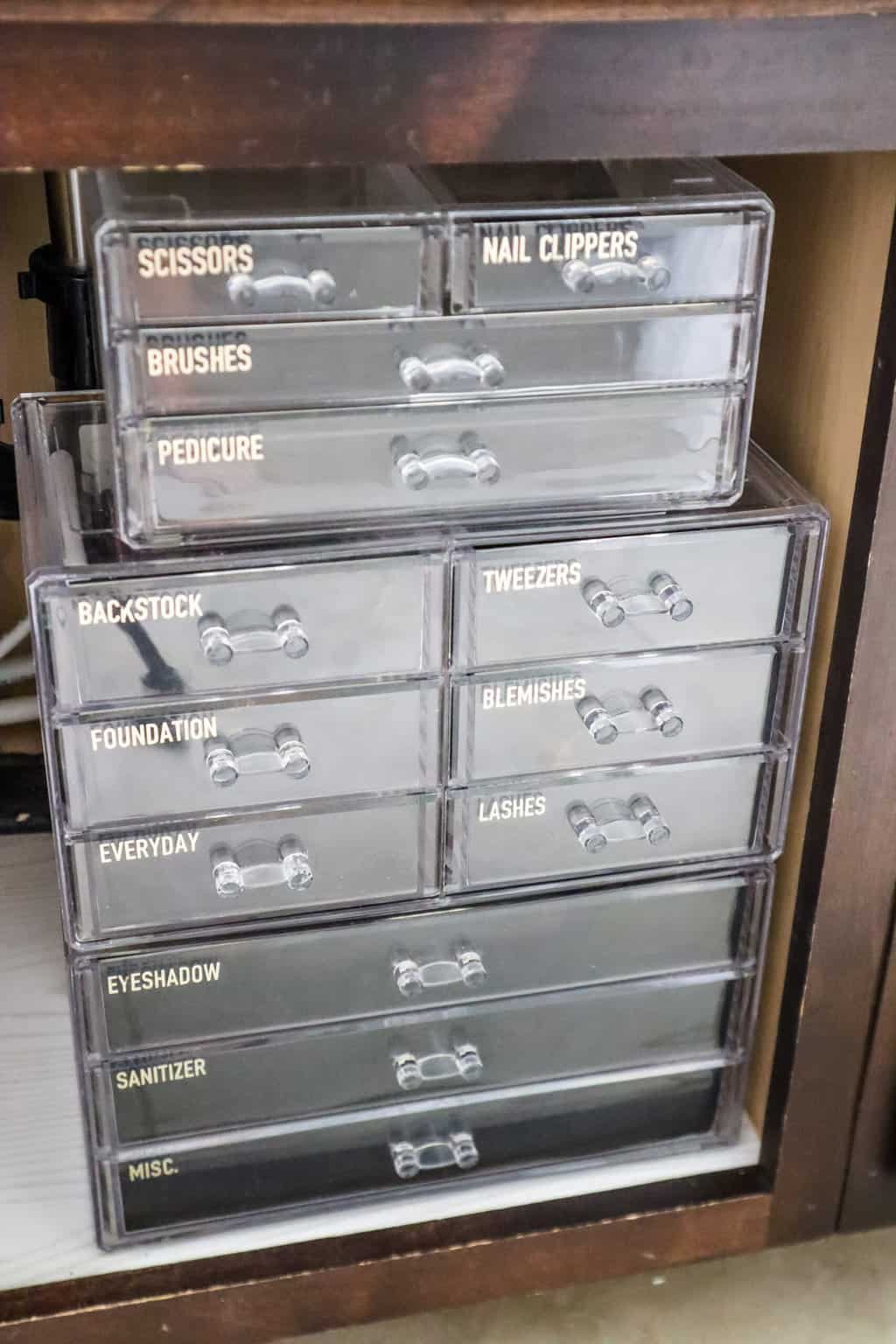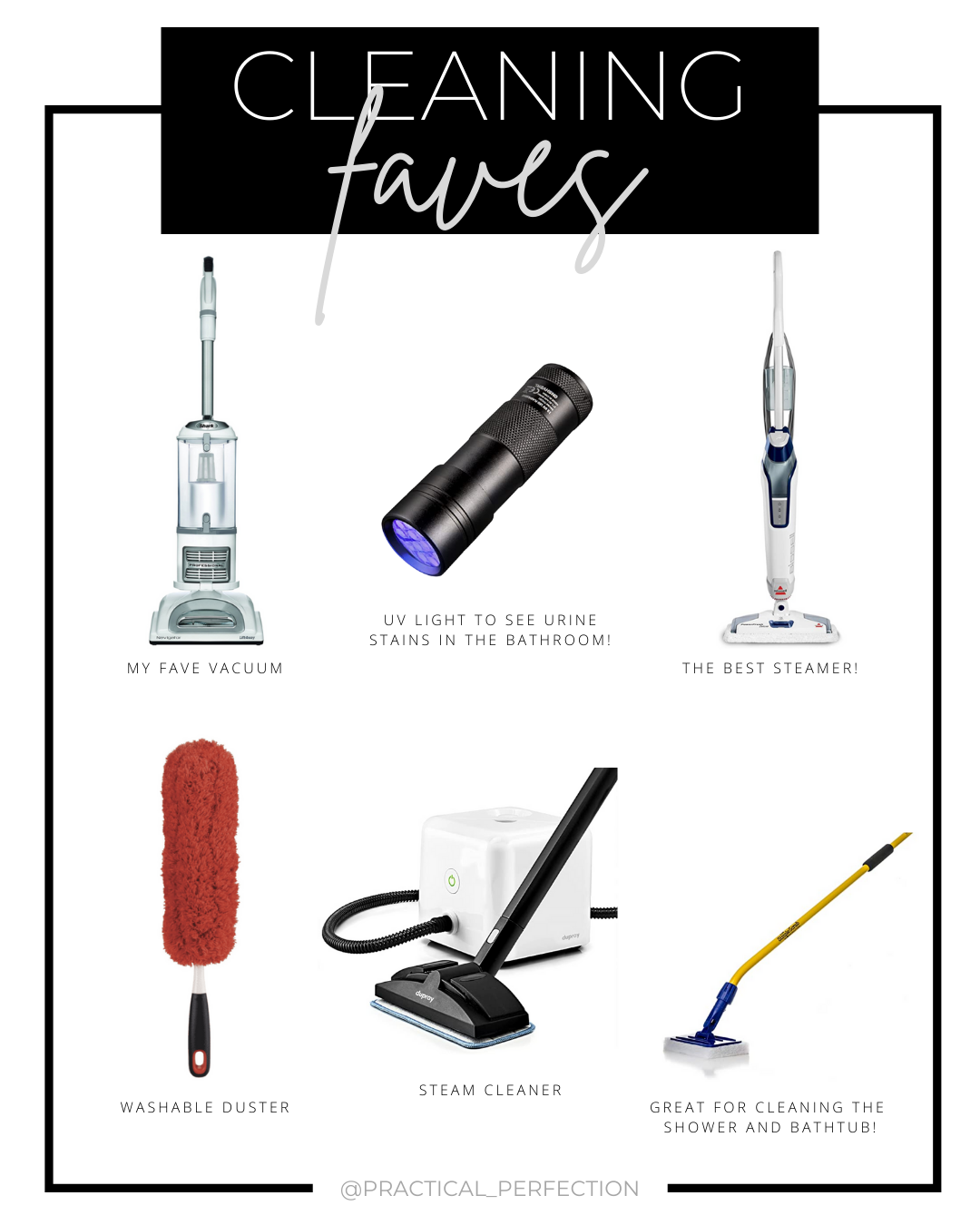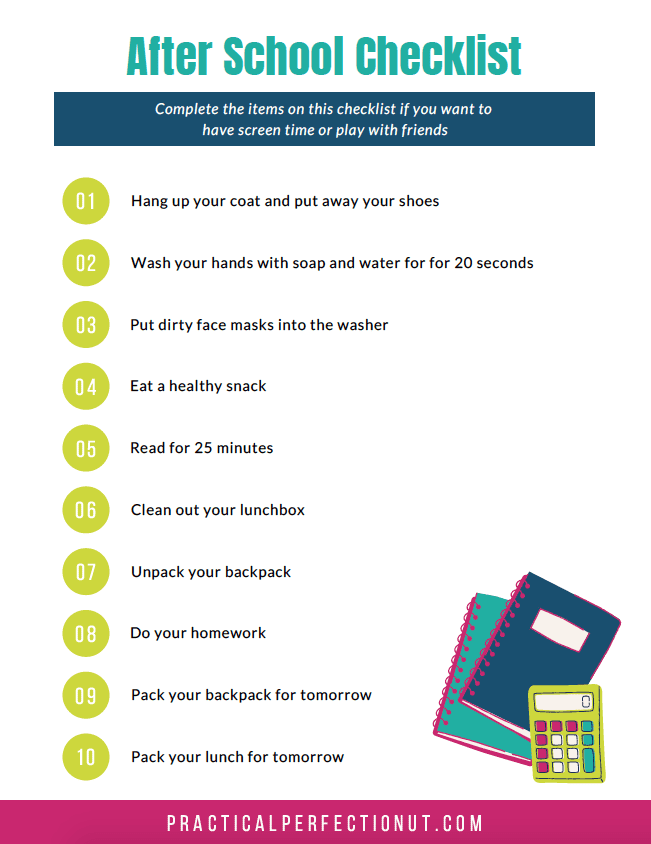Shielding Your Home: Tactics Against Unwanted Pests
Nothing ruins your peace of mind like an invasion of unwanted houseguests. Far too often, we find ourselves dealing with uninvited critters crawling in our homes; pests such as rodents, roaches, and ants can cause both a physical and emotional toll due to the potential damage inflicted upon us – not to mention the spread of diseases they bring with them. Whether you’re in search of preventative measures or solutions for existing infestations, here’s how you can go about shielding your home from unwelcome visitors and reclaiming your space once again.
1. Consider Professional Pest Control Services
When it comes to dealing with pests, the most efficient and effective solution is often hiring professional pest control services. Engaging the services of a professional pest control Boston, MA company, can save you time, money, and energy in the long run. These experts have the knowledge, training, and tools to deal with any pest infestation situation. They can successfully identify the type of pests invading your home and their breeding sites and propose the most effective treatment method available.
Additionally, professional services provide not just reactive solutions but also preventive measures, which are equally important in pest control. Regular inspections and treatments can deter potential infestations, ensuring that pests don’t get an opportunity to establish themselves in your home. By harnessing their expertise, you can save time and effort and ward off potential property damage, thus maintaining a peaceful and safe living environment.
2. Seal Off Entry Points
Pests often find their way into your home through various entry points that are easily overlooked. These can range from cracks and crevices in your walls, openings around windows and doors, or even gaps in the roof or foundation of your house. A thorough visual inspection can help identify these entry points, and sealing them off with caulk or other appropriate materials will significantly reduce the likelihood of a pest invasion.
In addition to sealing off these entry points, it’s also vital to ensure that your house doesn’t provide an inviting environment for pests. This involves maintaining cleanliness, regularly taking out the trash, and properly storing food items. Pests are attracted to areas where they can find food, water, and shelter. By making these resources scarce, you can discourage pests from taking up residence in your home.
3. Utilize Natural Repellents
Natural repellents serve as an environmentally friendly alternative to chemicals, providing a first line of defense against pests while being safe for your family and pets. Essential oils, for instance, can deter a variety of pests. For example, peppermint oil is known to repel ants, spiders, and even mice. Citronella is effective against mosquitos, and lavender can keep moths and flies at bay. Mix these oils with water in a spray bottle for an easy-to-apply solution.
Alongside essential oils, certain plants can naturally ward off pests. Planting marigolds around your home can help deter mosquitoes and aphids, while basil can repel flies and mosquitoes. Similarly, lavender can ward off a variety of pests, including moths, mosquitoes, and flies. Remember, using natural repellants is a proactive approach, but if an infestation is beyond your control, it’s always advisable to seek professional help.
4. Stay Vigilant
Vigilance is a critical aspect of effective pest control at home. Regularly inspect your home for signs of pest activity, such as droppings, damage to furniture or food, or the pests themselves. If you notice any signs, act quickly to address the problem. Early detection can prevent a minor issue from escalating into a major infestation, saving you time, money, and potentially significant damage to your property.
Moreover, being aware of seasonal changes and the different pests they attract can also be beneficial. For instance, ants are particularly active in the warmer months, whereas rodents often seek shelter indoors during colder seasons. By staying vigilant and adapting your pest control strategies according to these patterns, you can effectively safeguard your home against unwelcome invaders throughout the year.
5. Change Up Your Landscaping
The way you manage your landscaping can impact pest infestation. Certain plants and trees attract specific pests, providing food and breeding grounds. However, some plants naturally repel pests. Consider incorporating pest-repelling plants like basil, rosemary, marigolds, and chrysanthemums into your landscape design.
Pay attention to the positioning of plants and trees relative to your home. Trees and shrubs touching your house can serve as bridges for pests to enter. Ensure a reasonable distance between your house and the surrounding vegetation. Keep your lawn mowed and regularly trim trees and shrubs. This makes your yard less hospitable to pests and reduces the chances of them entering your home.
6. Inspect Your Firewood
Firewood can be a significant attractor for pests, serving as both a food source and a shelter. It’s crucial to properly store and manage your firewood to prevent it from becoming a pest magnet. Always store firewood at least 20 feet away from your home and five inches off the ground. This reduces the likelihood of pests like termites or ants using the wood as a bridge into your home.
Regularly inspect your firewood for signs of pest infestation before bringing it indoors. Look for evidence of pests, such as tunnels in the wood, sawdust piles, or the pests themselves. If you find signs of an infestation, do not bring that wood into your home. Following these simple steps can significantly decrease the risk of bringing pests into your home with your firewood.
7. Regularly Clean and Declutter Your Home
Keeping your home clean and declutter-free is another crucial aspect of effective pest control. Pests are attracted to dirt and clutter as it provides them with numerous hiding spots and potential food sources. Regular cleaning, including vacuuming, sweeping, and wiping down surfaces, can help eliminate traces of food and other attractants.
Decluttering, on the other hand, reduces the number of places where pests can hide and breed. Ensure to pay close attention to areas like your kitchen, where food particles might be present, and your basement and attic, where clutter tends to accumulate. A clean and clutter-free environment is less inviting to pests, helping to keep your home pest-free.
By following these strategies, you can safeguard your home against pests and maintain a pest-free environment for your family. Stay vigilant, use preventive measures, and seek professional help when needed. With the right approach, you can successfully shield your home from potential pest invasions. Don’t wait for an infestation; start taking action today to protect your home and peace of mind.






